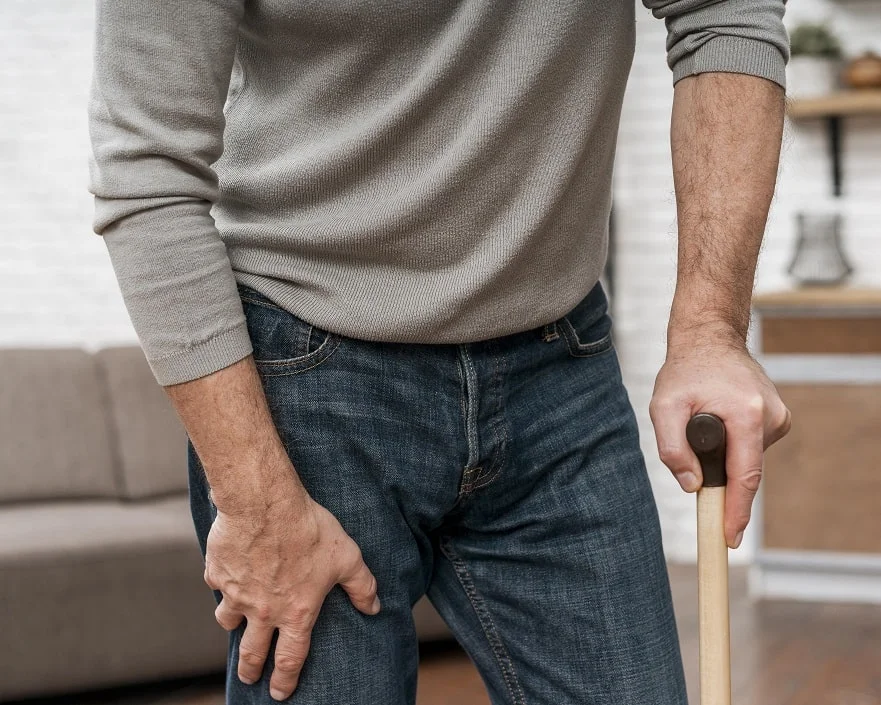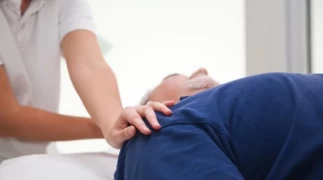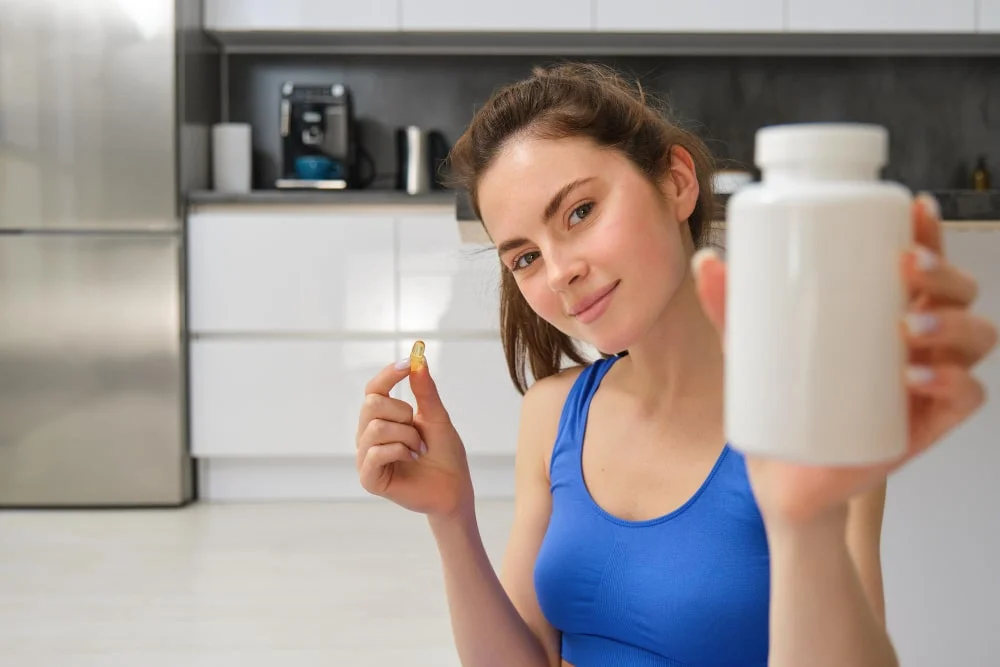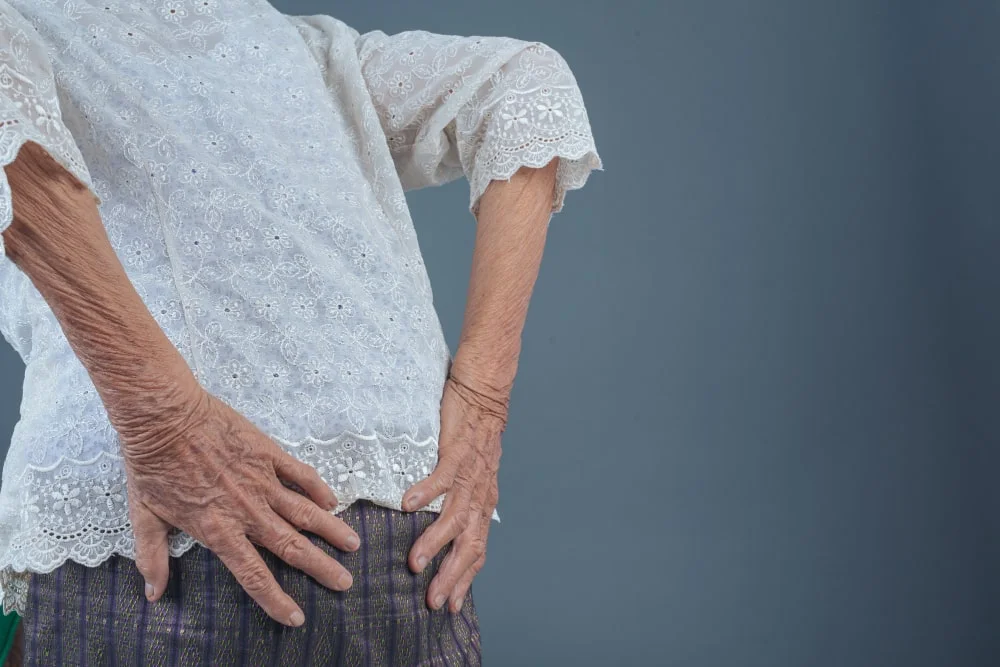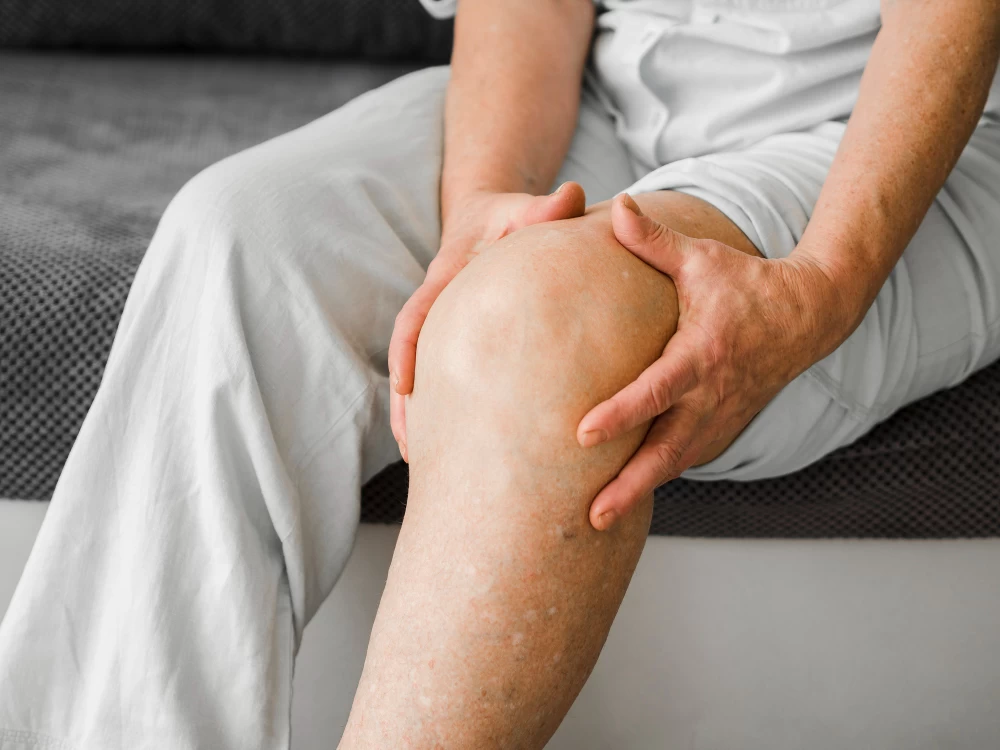
There Is a Cure for Knee Osteoarthritis
- There Is a Cure for Knee Osteoarthritis
- Treatment with Joint Fluids: Basic Principles
- Types of Joint Fluids Used in Knee Osteoarthritis
- Points to Consider During Treatment
- Conclusion
Knee osteoarthritis (OA) is a common joint disease that significantly affects the quality of life, especially in individuals aged 50 and above. It leads to joint pain, limited mobility, and, over time, muscle atrophy. Today, apart from surgical interventions, there are numerous conservative and minimally invasive treatment options available for knee osteoarthritis. Among these, intra-articular (joint fluid) therapies play a leading role.
Treatment with Joint Fluids: Basic Principles
In knee osteoarthritis, the wear of the cartilage tissue causes friction and inflammatory reactions on the joint surfaces. This process accelerates as the quality and amount of synovial fluid decrease. Intra-articular injections not only improve lubrication but also support joint nourishment, reduce pain, and enhance function.
Modern physiotherapy and rehabilitation approaches provide personalized treatment plans, taking into account the types and structural properties of joint fluids.
Types of Joint Fluids Used in Knee Osteoarthritis
- Cross-linked Hyaluronic Acid Fluids
Cross-linked hyaluronic acid is a chemically enhanced form of hyaluronic acid with molecular bonds that strengthen its structure. This allows it to remain longer within the joint and provide more effective mechanical support. It is particularly preferred for patients with advanced osteoarthritis to increase the durability of the joint fluid. Patients often experience relief after the first injection, and the effect can last for several weeks. - Hydrogel Particle Fluids
Hydrogel particle-based fluids consist of microscopic gel particles that act as a cushion within the joint. These fluids distribute the load evenly across the joint, slowing down cartilage wear. They also reduce friction during joint movement. For this reason, hydrogel fluids are especially used in the early stages of knee osteoarthritis. - Chitosan-Based Fluids
Chitosan is a natural polymer derived from fungi. Thanks to its anti-inflammatory and biocompatible properties, it reduces pain and supports cartilage repair within the joint. Chitosan-based joint fluids are particularly effective for patients with mild to moderate inflammation and pain. These fluids support the natural function of the synovial membrane and contribute to maintaining joint health.

Points to Consider During Treatment
Intra-articular injections are generally minimally invasive and should be administered in a clinical setting. Before treatment, a detailed evaluation should be conducted, taking into account the patient’s degree of osteoarthritis, range of motion, and pain level. Joint fluid therapy can be applied alone, but it yields maximum benefit when combined with physiotherapy and exercise programs.
- Recommended physical therapy exercises: Quadriceps strengthening, flexibility and balance training, and low-impact aerobic activities such as swimming or cycling.
- Lifestyle modifications: Weight management, proper footwear selection, and joint-friendly movement techniques.
Conclusion
Knee osteoarthritis is no longer a hopeless condition. Cross-linked, hydrogel particle-based, and chitosan-based joint fluids provide effective options for reducing pain and improving joint function. However, it should be remembered that each patient’s osteoarthritis profile is unique, and treatment must be personalized. Combination therapies guided by a specialist in Physical Medicine and Rehabilitation remain the most reliable approach for preserving knee joint health and improving quality of life.

Dr. Elif Berber, MD, PhD
Specialist in Physical Medicine and Rehabilitation

